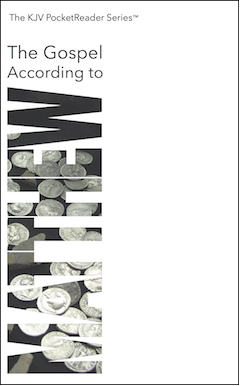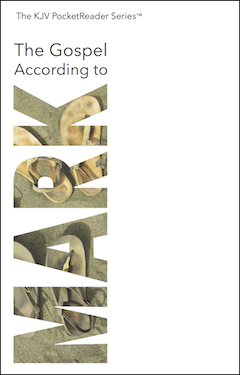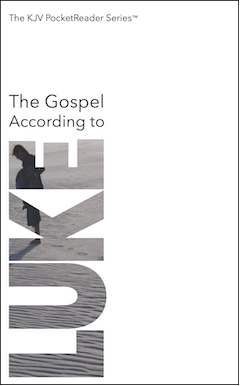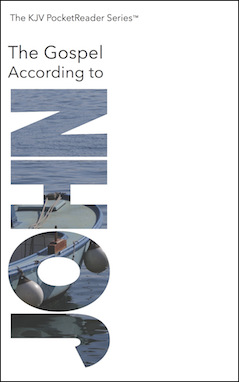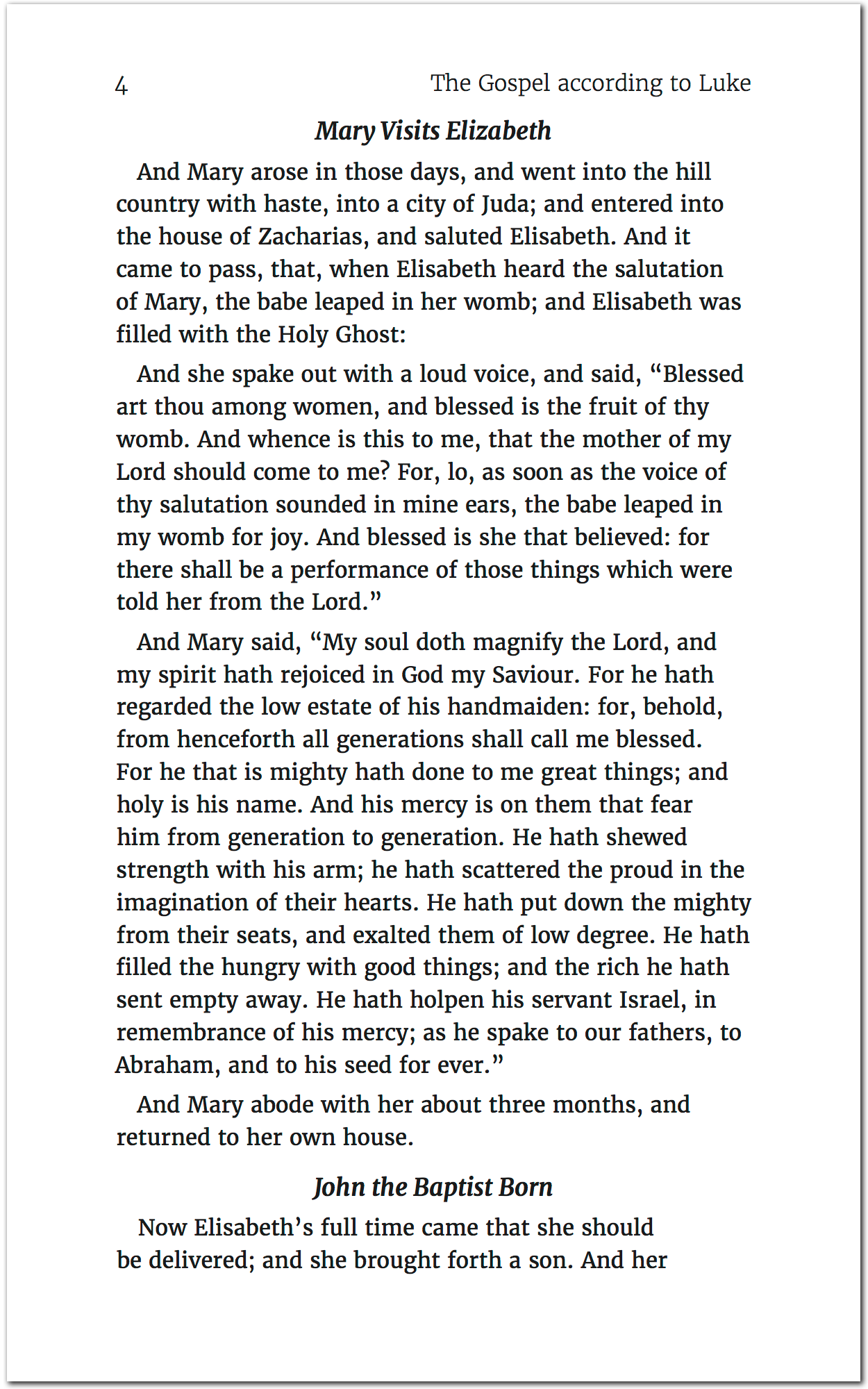
Take a look at the features
- Modern Typeface
- No Verse and Chapter numbers
- Subtitles added to help find your place*
- Easy-on-the-eyes page layout
- Justified left text
- Ample white space so as to not overburden the eyes
- Comfortable, hand-held size (trade paperback)
- Seven volumes available (coming soon)—the four Gospel accounts, plus Acts, Genesis and Revelation
*The additional features such as paragraph breaks, subtitles, and quotation marks, are added as reading aids, and ought to be considered as such, and no more. As with the addition of chapter and verse numbers and punctuation centuries ago, they are by their nature subjective. The reader, therefore ought not make interpretative or doctrinal decisions based on them, but rather a careful comparison of Scripture with Scripture.
